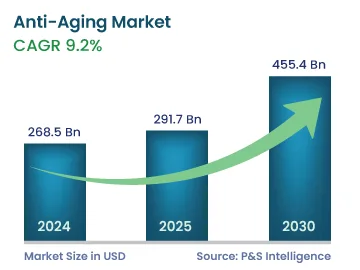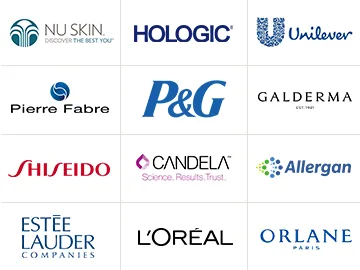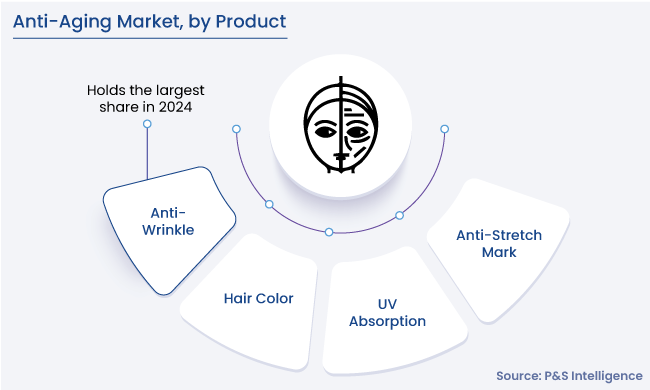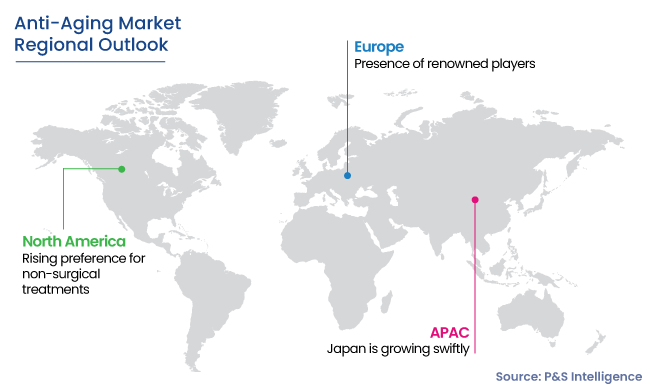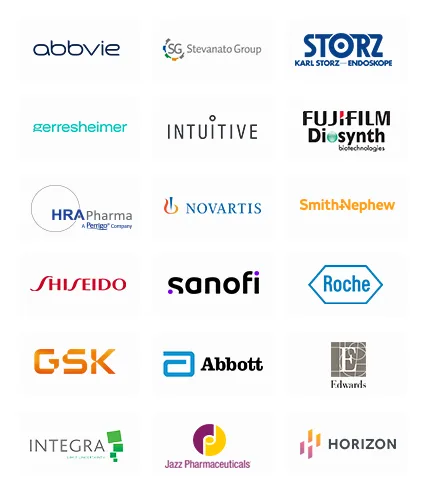Anti-Aging Market Analysis
The anti-aging market size is estimated to have stood at USD 268.5 billion in 2024, and it is expected to reach USD 455.4 billion by 2030, with a growth rate of 9.2% during 2024–2030. The growth is supported by factors such as the increasing number of cosmetic procedures being performed across the world, the growing population of elderly people, advancements in technologies, and the rising awareness about advanced cosmetic treatments.
Globally, a large number of conferences, exhibitions, and seminars are being organized to raise awareness among students, plastic surgeons, and the general public about advancements in slow-aging treatments. Many players are, therefore, actively taking part in these exhibitions and events to raise awareness about their offerings. For instance, from March 30 to April 1, 2023, a conference on aesthetic and anti-ageing medicine was held in glamorous, Monaco.
Furthermore, the geriatric population is playing a pivotal role in the growth of the market. Old age is associated with the loss of fibrous tissues and reduction in skin stem cells. This leads to the occurrence of wrinkles, dryness, pigmentary alteration, and sagging. Thus, elderly people continue to generate a high demand for anti-aging products and devices to overcome such problems. These products not only help reduce the signs of aging but also help revitalize and tighten the skin.
In addition, the rise in disposable income has led to an increase in the spending power of people on anti-aging products, including those for at-home use. According to the American Academy of Dermatology (AAD), acne affects around 50 million individuals in the U.S. every year, with treatment and prevention costing more than USD 3 billion. The increase in disposable income has, thus, resulted in a greater demand for home-use products that can help treat acne problems.
